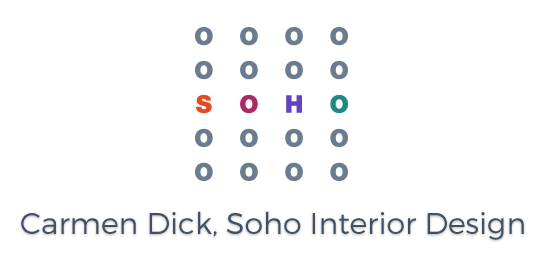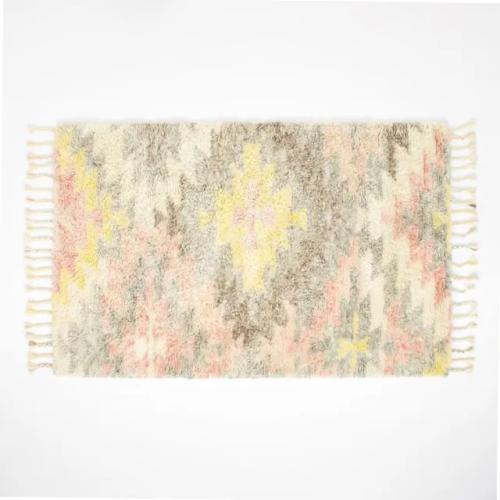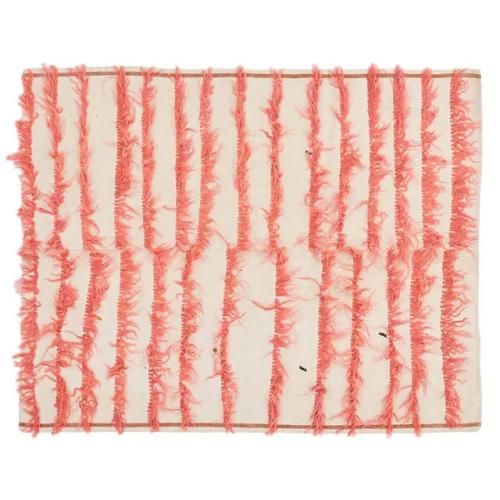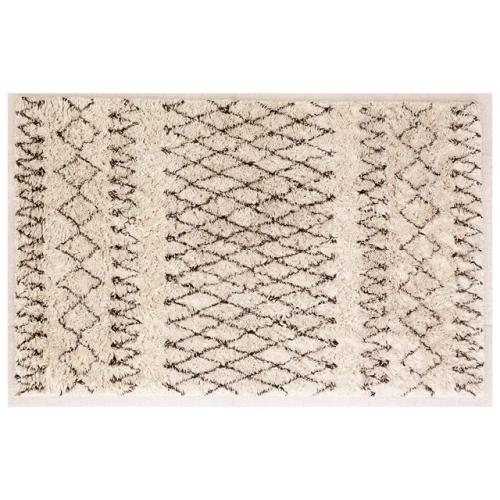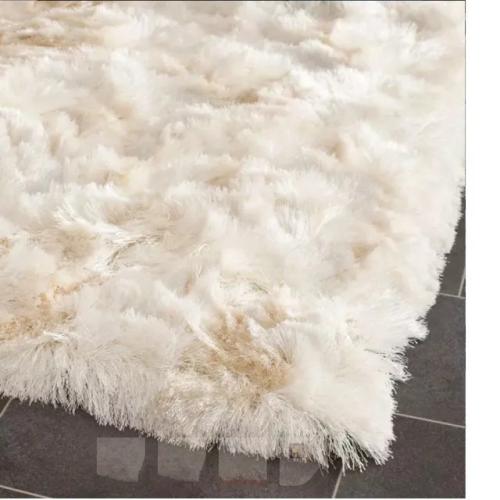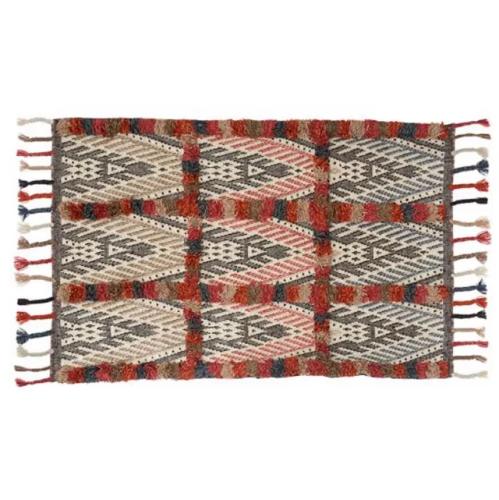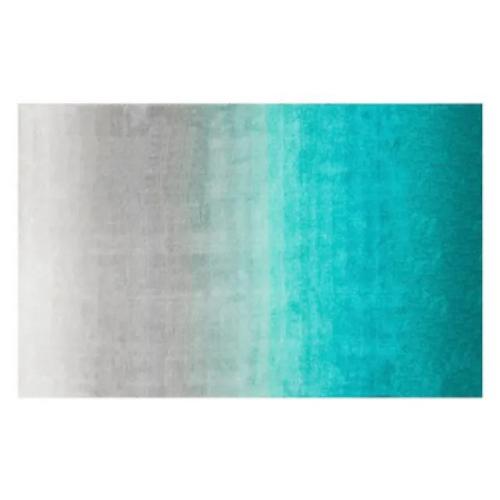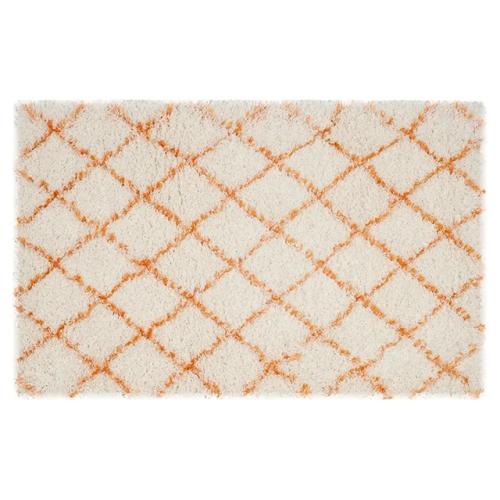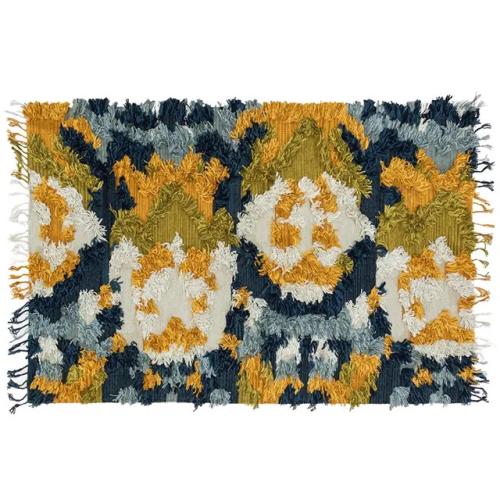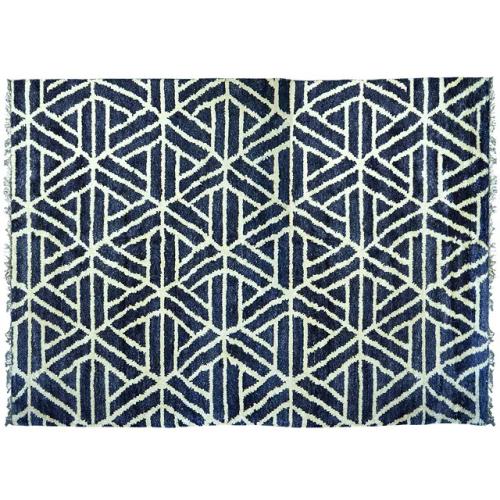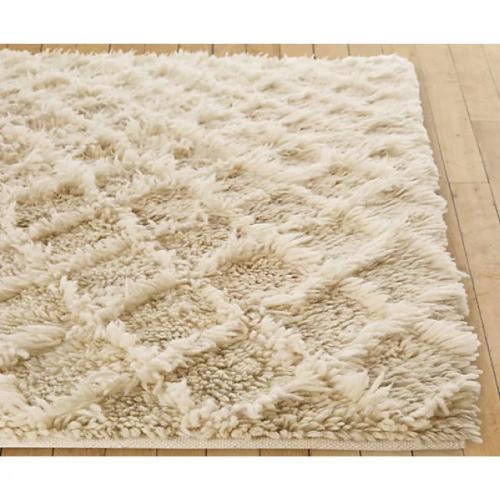Make more space in your bedroom or guest room – or any room – with a Murphy bed. Also known as a wall bed, this unique bed frame folds up when not in use, concealing the mattress and presenting a solid exterior, sometimes styled as a cabinet. The advantage of a Murphy bed is the ability to regain floor space while the bed is not in use.
![]()
Making the choice to purchase and install a Murphy bed can feel daunting if you’re unfamiliar with the features and styles available. You’ll want to be sure that you select a bed that fits your objective for the room, is easy enough to raise and lower, and is durable enough to last. In this guide, learn about the types of Murphy beds available, the most important buying considerations, and where to find and buy a wall bed.
As you’ll see, there are a lot of considerations in choosing the right bed for the right space, and the desired result. Remember, I’m always here to help you determine what will work best for you, your needs, and critically important, your spaces.
What Is a Murphy Bed?
A Murphy bed mounts to the wall and features a folding mechanism to raise and lower the mattress as needed. When not in use, the bed may appear to look like a cabinet or built-in shelving.
![]()
Before Buying a Murphy Bed
When assessing your room, you may have realized you have a need to maximize your floor space. A Murphy bed is a great option for accomplishing this, since these beds fold up and out of the way when not in use. They’re often installed in guest rooms or offices that double as sleeping quarters for overnight visitors. However, you might consider buying a Murphy bed for a primary bedroom if you want to make the most out of the square footage you have available. In addition, tiny houses or studio living spaces can benefit from a Murphy bed. Set up your bed before you turn in for the night, then fold it up during the day to enjoy more room in your living space.
![]()
Buying Considerations for Murphy Beds
Room Layout
It’s important to consider your room layout when picking a Murphy bed. You should measure the dimensions of the space before you start your search. Most Murphy beds fold vertically, so you’ll need to know how much space you have to work with from the floor to the ceiling. Horizontal-folding Murphy beds are an option if you have low ceiling heights.
If your plan is to use a Murphy bed as a solution for a small space, then pay attention to the fully extended length of the bed when it is open. Be sure that you have enough space to open the bed and access it, including the end of the bed to raise it back up.
Material
Murphy beds can be made of various materials, including solid wood, manufactured wood or particleboard, and metal. Solid wood is one of the most durable options, but it’s also very heavy. Manufactured wood or particleboard is lighter, but may have a lower maximum weight limit and some long-term durability issues. Metal Murphy beds are durable and usually are paired with a wood cabinet or shelves.
Opening Mechanism
The lifting mechanism is one of the most important things to consider when shopping for a Murphy bed. Typically, these beds will feature one of the following lifts: piston (hinge) or spring. Alternatively, some Murphy beds have a manual opening mechanism, which means that you raise and lower the bed using your own strength.
![]()
![]()
Spring opening mechanisms were the first common lift for Murphy beds. The resistance of the spring can usually be adjusted to make it easier to raise the bed. Most modern spring-assisted opening mechanisms have features to prevent their sudden retraction.
A piston-lifting system uses pressurized arms and is an easy way to lift and lower a Murphy bed. Many piston-equipped beds have a locking mechanism that keeps the bed securely stored away when not in use.
Manual opening mechanisms are the simplest, with no springs or pistons to adjust. However, this means you’ll be supporting the full weight of the mattress and frame as you raise or lower the bed. For this reason, some manufacturers of Murphy beds with manual opening mechanisms recommend always having two people to set-up or store the bed.
Features
Integrated features can help you make the most of Murphy bed set-up. One of the appealing features when shopping for a Murphy bed might be storage, especially if you’re outfitting a studio space. Shelves or cabinets built into the side, bottom, or top of the frame surrounding the bed can give you space for storing blankets, bedding, clothes, or other essential items. Some Murphy beds offer a multi-tasking exterior design, giving you a built-in desk to use while the bed is not in use. Integrated LED lighting is another common feature, and especially helpful if you want the option to read in bed.
Styles of Murphy Beds
Wall Bed
While it’s true that the terms Murphy bed and wall bed can be used interchangeably to refer to a mounted bed, a wall bed is sometimes also used to describe a specific style of Murphy bed. Wall beds are usually integrated into a fixture that spans the majority, if not the entire span, of the wall. When closed, a wall bed may look like cabinets, a shelving unit, or a bookcase.
![]()
![]()
This style of Murphy bed might be an ideal option for someone that wants an inconspicuous look. The built-in look of the fixture conceals the fact that a bed is tucked inside. Wall beds that take up the majority (or all) of a wall are often more expensive and sometimes must be custom-built for a truly integrated look.
Cabinet Bed
Another style of Murphy bed is the cabinet bed. These beds may or may not be fixed to the wall; some are freestanding cabinets into which the bed folds. A cabinet bed is a more versatile option when compared to a larger, installed Murphy bed. It is a better choice for renters or anyone who lacks the wall space to install a mounted version. However, they may lack the size or some of the stability and storage offered by wall beds.
Cost
The cost of a Murphy bed varies, based mainly on its size and materials. For a queen-size Murphy bed made of solid wood, you can expect to pay between $2,000 and $4,000. If you opt for a Murphy bed constructed of manufactured wood or particle board, the cost will be somewhat lower, perhaps between $1,000 and $1,800.
Other factors that influence product pricing include the opening mechanism (or lack thereof). Piston-assisted lifting systems increase the price of a Murphy bed while manual opening mechanisms are the most basic and cost-effective option. Finally, integrations such as storage or lighting can also add to the cost of a Murphy bed.
How to Choose a Murphy Bed
Murphy beds have experienced a resurgence in popularity since their first introduction to the mainstream market about a century ago. This has been spurred on by a variety of factors, including the move to maximize space and efficiency that has been part of the tiny house movement. As a result, you have many choices, depending on your specific needs and budget. When choosing a Murphy bed, you should consider the factors that will make the bed functional, user-friendly, and stylish for your space. Here are some of the most common factors to think about when choosing a Murphy bed.
Horizontal vs. Vertical
Start by determining whether you’re looking for a horizontal or vertical wall bed. This refers to the orientation of the mattress. Vertical wall beds are the most common and the foot of the bed raises and lowers. They take up less space on the wall, but use more space in the room when fully extended. Horizontal wall beds offer an alternative, especially in rooms that don’t have a lot of depth. These beds fold along their long edge, rather than raising and lowering the foot of the bed.
![]()
![]()
Mattress size
Murphy beds are made in sizes to match standard mattress sizing. You can find twin, full, queen, and king wall beds, although it’s worth pointing out that twin or queen size beds are the most common sizes. When shopping for a Murphy bed, keep in mind that you’ll also need to make sure your mattress depth is compatible with the design of the bed. Most Murphy beds can accommodate mattresses between 8 and 12 inches.
Will you have help to lower or raise the bed?
Keep in mind that Murphy beds can be heavy, especially when you factor in the weight of a mattress. Think about whether you will be doing the job of raising and lowering the bed alone or with the help of someone else. If you’ll be setting up and storing the bed on your own, then it makes sense to look for a lifting mechanism that can assist or is designed to be used by one person.
How often will you use the Murphy bed?
Consider whether or not you’re buying a Murphy bed for use every night or as an option for occasional guests. A freestanding, cabinet-style Murphy bed might be a better choice in an office that is regularly used for purposes other than sleeping visitors. But if the Murphy bed is going to be used every night in your bedroom or living space, then you might have additional needs for comfort, ease of use, or storage.
Other storage or functional uses
Are there things that you hope the Murphy bed will accomplish, besides being a comfortable place to end the day? If you are short on closet or storage space, then choosing a wall bed with integrated storage can make a big difference. Your bed linens or other items can be stored in the cabinets or drawers. Open shelves can be used for decor items or books. In addition, some wall beds are multi-functional furniture pieces, doubling as a desk or workspace.
![]()
![]()
Where to Shop
Buying In-Store
If you’re shopping for a Murphy bed in store, you’ll have the chance to check out its finish and function before buying. You should be able to see the bed in open and closed configurations and check out the lifting mechanism for yourself. It’s likely that you’ll be buying the bed in boxes, with final assembly completed at home. Some stores may offer white glove delivery to streamline the process.
Buying Online
The greatest variety of Murphy beds are available online. You’ll have more styles and finishes to choose from. Since you’re gathering details from a website, pay special attention to the dimensions, lifting mechanism, terms of any applicable warranty or return policies. You should also consider how much assembly will be required and whether or not the company offers white glove delivery.
Where to Buy a Murphy Bed
There are a variety of retailers that sell Murphy beds. If you want to buy a wall bed in person, then your best bet is likely to be a regional or national furniture store. Many more online retailers sell wall beds. Wayfair and Amazon are two of the most popular places to shop online for Murphy beds, but you can also find them at the online shopping sites for major retailers like Costco, Walmart, and Home Depot. You can also shop online with retailers that exclusively or primarily sell wall beds, such as Lori Wall Beds, BredaBeds, or Resource Furniture.
Tips to Consider When Decorating a Room with a Murphy Bed
- Paint & Wallpaper Around the Bed
- Half Conceal the Bed
- Lighting Around the Bed
- Utilize Coffee Tables as Side Tables
- Bookshelves on One Side
- Storage Unit on Another Side
- Small Pieces of Decor in the Room
- Utilize Space Smartly When Bed is Folded
FAQ
Do you have to attach a Murphy bed to the wall?
Most Murphy beds do need to be anchored to the wall and sometimes require fastening to a stud for added stability. However, some types can be attached to the floor.
Will I need to remove baseboards to install a Murphy bed?
You don’t necessarily need to remove baseboards to install a Murphy bed, but you do need the bed to mount flush against the wall. Considering the fact that most rooms have existing baseboards, the majority of Murphy beds have a baseboard notch. In some cases, you can even customize the size of the notch in the event that you have unique dimensions for your baseboards.
What kind of mattress is best for a Murphy bed?
A sturdy, dense foam mattress is the best option for a Murphy bed. Memory foam and latex mattresses are the most frequently recommended. The solid foam of these mattresses is unlikely to become misshapen or lumpy, even when stored for an extended period in an upright position.
Are You Considering a Murphy Bed?
If you like the idea of adding a Murphy bed to your living space, but would like some guidance on choosing the right one, setup, etc., don’t hesitate to contact me, and I can show you what would work best (and where) for your specific situation. Just message me here, right below this blog post, or click this “contact” link, or you can email me at: carmen@sohointeriordesign.com And you can call me anytime at (407) 743-2399.
Let’s connect and discuss your vision!
Choose one of the 3 easy options: schedule a call with me, call me right now, or if you’re just browsing, let me email you my newsletter.
